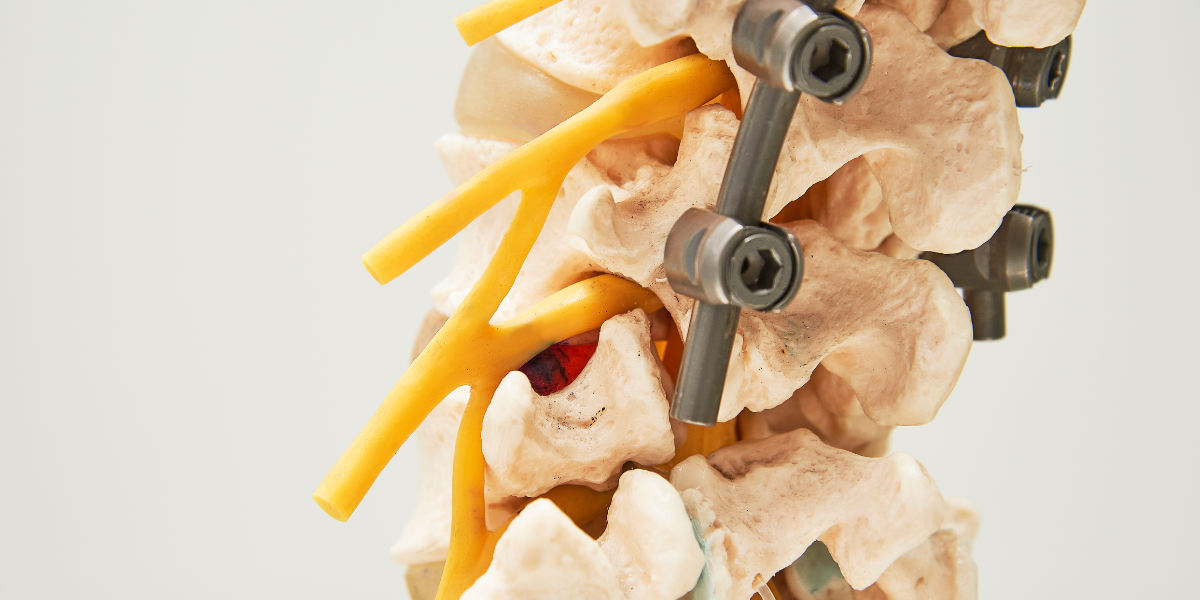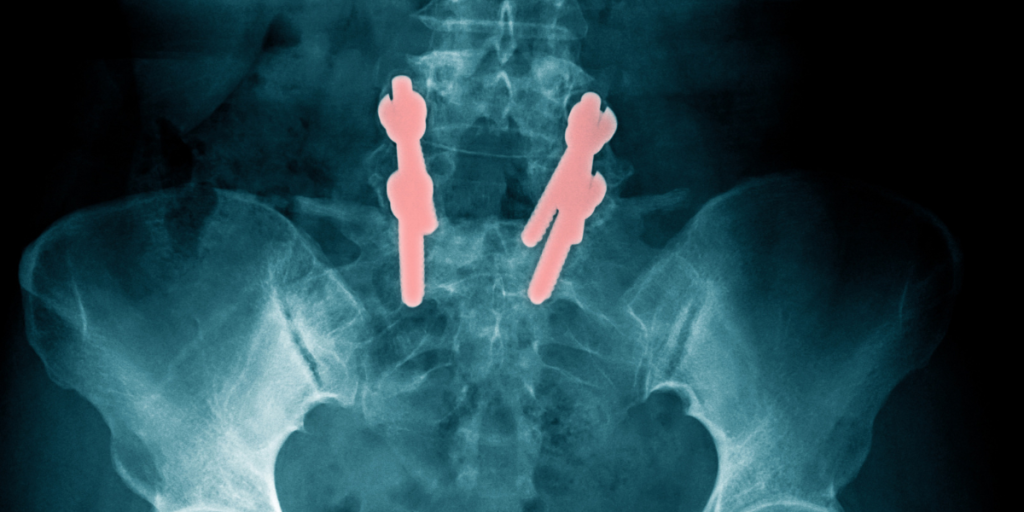
Spine Fixation

Spinal fixation is a procedure in which the segments of the spine are surgically fixed in a stable position using hardware such as plates, screws, cages, rods and more. A minimally invasive spinal fixation procedure uses a smaller incision than a conventional surgery for the same outcome. The spinal column is made of many bones known as vertebrae, that stack atop each other. Age-related changes, trauma or medical conditions and may cause your vertebra to move from their normal position and affect the surrounding nerves, muscles and ligaments, resulting severe pain and discomfort.
Your surgeon may use different approaches to reach your vertebrae, correct their position, and fix them to prevent movement and promote healing.
Indications of minimally invasive spinal fixation
Minimally invasive spinal fixation may be indicated for a number of medical conditions including:
- Spinal column fractures
- Tumours of the spinal cord
- Spinal infections
- Spinal deformity
- Degenerative disc diseases
- Spinal stenosis
- Spondylolisthesis
Surgery for spinal fixation is indicated in patients if there is trauma, instability of spinal segment or extensive decompression surgery that will result in spinal instability with time. In general, surgery of the spine is only done when patients have failed to respond to conservative methods of treatment including physical therapy and medications.
Minimally Invasive Spinal Fixation procedure
This surgery is performed under general anaesthetic by an experienced orthopaedic surgeon. The most suitable approach and hardware are chosen by the surgeon prior to the procedure. One or two small incisions are made either on your back or side close to the vertebral level to be operated. Special tools are used to move the muscles and other soft tissues aside gently and reveal the operative area to the surgeon. Once the intervertebral disc or vertebral bones are visible, the damaged tissues are removed if deemed necessary. A bone graft or synthetic material is placed in this empty space. Special rods, screws, plates, cages, hooks or artificial intervertebral discs are placed and safely secured. Once the surgeon is satisfied with the stability and position of the inserted hardware, the surgical instruments are retracted, the soft tissues are moved back into place and incision is closed. The wound is then dressed and patient is taken to recovery area.
Postoperative patient-care
After completion of the surgery, you may feel slight pain around the incision area. This will reduce within a few days in the meanwhile you will be given medications to manage the pain. Your doctor may require some X-rays or CT scan images to determine how your procedure went. Depending on how your procedure went and your general health status, you may be discharged from the hospital the same day or within a week of the surgery. You will be given a suitable dietary advice, physical therapy instructions, and told about any medication or supplements to avoid during the healing phase.
Recovery
Your pre-surgical symptoms of pain and discomfort may improve immediately following surgery, or may slowly reduce over period of few weeks. You may return to normal activity after a period of 6 weeks or more after release from hospital. To return to work you must obtain consent from your surgeon.
